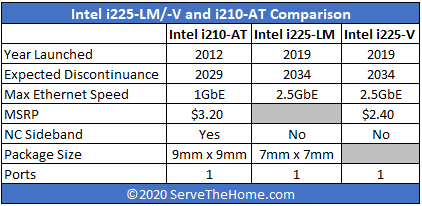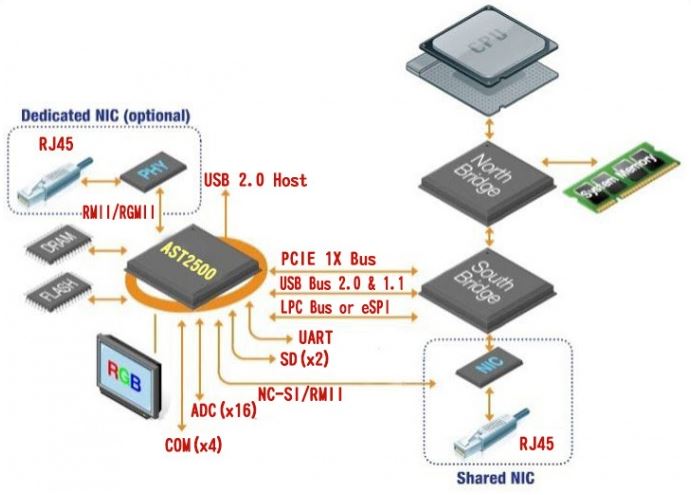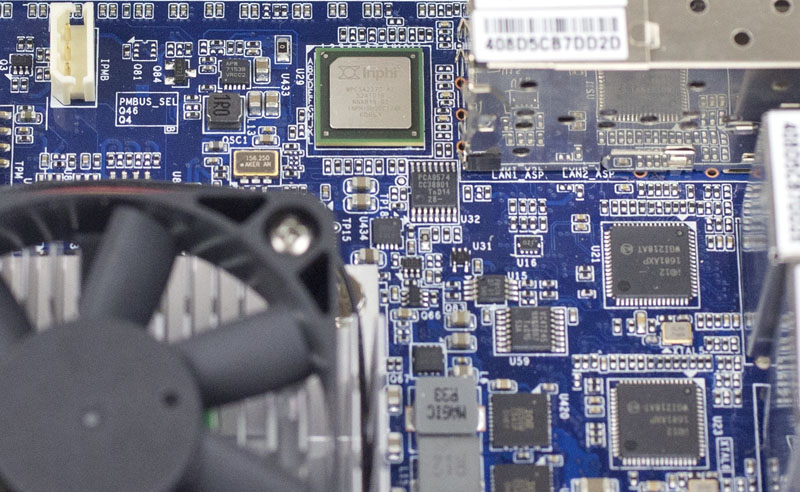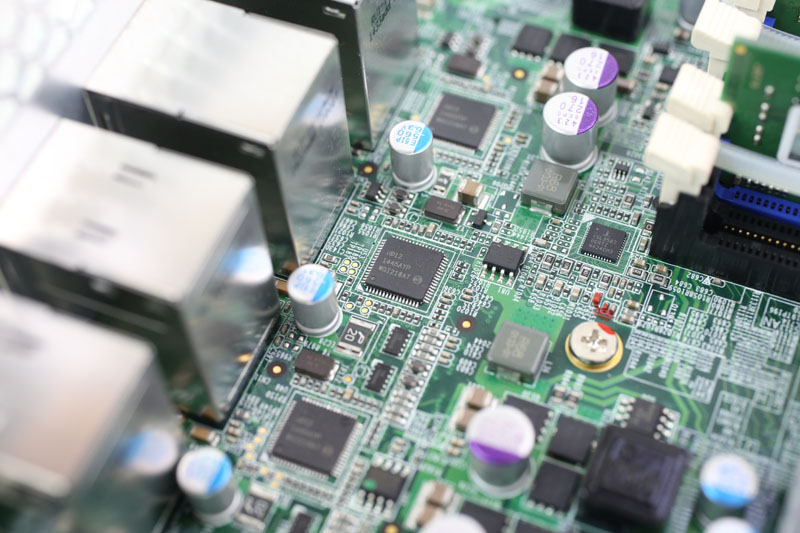We have recently started a series on 2.5GbE NICs. Intel has Foxville which launched in Q4 2019 and is expected to be discontinued sometime in 2034. That launch is about seven years after the now ubiquitous Intel i210-AT launch. If you have a lower-cost server today with onboard 1GbE from a whitebox OEM, you probably have an Intel i210-AT NIC. In fact, that NIC has been so popular that it has found its way into a number of workstations as well. Seven years later, we get a 2.5x speed bump on a smaller and less expensive NIC. Still, the Intel i225 is missing a key feature that is keeping it out of servers.
Intel i225 Foxville NICs v. Intel i210
Here is a quick comparison of the currently announced Intel i225 variants as well as the Intel i210-AT:

As you can see, the package size is getting smaller moving from 9mm x 9mm to 7mm x 7mm for the Intel i225-LM. The recommended customer price listed for the i225-V is now only $2.40 but Intel can bundle these NICs with other components on a motherboard for OEMs. The biggest change is that the NIC is moving to 2.5GbE instead of 1GbE as its maximum speed. Nbase-T is important as Wi-Fi networks get faster, we need faster-wired backhauls to ensure wired networks are not the bottleneck. 2.5GbE can run over existing CAT5e and newer wiring that already lines ceiling tiles and walls of many businesses.
The feature that the Intel i225 NIC is clearly missing now is the sideband support. While many in the networking world may not know what this is, STH touched on this in our piece Explaining the Baseboard Management Controller or BMC in Servers. There we had the following ASPEED AST2500 BMC diagram:

That “Shared NIC” utilizes the sideband feature to allow BMC access over the same physical NIC.

What STH is hearing from vendors is that without that feature, the current Intel i225 lineup is not suitable for servers. Intel can release a future variant with the feature. Until that happens the i225 is not ready to replace the i210-AT as the go-to NIC in servers. As a result, your basic networking is stuck with 2012-era technology.
Final Words
A hope we have for 2020 is that Intel uses its NIC technology to push 2.5GbE (or better 5GbE) into the server market. Many will still utilize these NICs as 1GbE devices. Still, making the i225 available to whitebox OEM communities at a low cost will move the industry forward. If you saw our recent Realtek RTL8125 2.5GbE controller reviews such as the TRENDnet TEG-25GECTX review and the Syba 2.5 Gigabit Ethernet PCIe NIC review you will see that the $2.40 controller price can offer the market a viable alternative in the add-on card market as well. Software support typically lags server NIC introduction by a few quarters. As an industry, if we want more from our bare minimum integrated networking, even if it is at the low-end and edge. Getting a viable Intel i225 NIC into servers will mark a big step in the process.





I don’t understand this. I though the BMC has a dedicated NIC (like Realtek or whatever). As it should – I would never use a BMC NIC shared with an MB NIC. I want the administrative network physically isolated.
@Nikolay, sometimes you don’t have a choice. Some older Dell servers had iDRAC but not a dedicated port, so you use LOM-something for it.
Plus, you can get far with VLAN tagging.
I have a tough time understanding why this is such a deal-breaker for server vendors. The BMC always has the pins for a dedicated MGMT NIC, and the added cost of a basic 1GbE NIC seems to be minimal for a server. Board space is usually not that scarce either.
@weust As you wrote – older Dell servers. I haven’t seen shared NIC in years. So I don’t think that it is a problem.
For those that don’t understand why this is a big deal, most servers even with dedicated IPMI NICs have shared NICs as an optional capability. We had a client that used this setup to reduce cabling.
Our Dell R740 servers have sharing a LOM port for iDRAC as an option and we use it because of a scarcity of switch ports (don’t ask). More importantly for prospective i225 adoption, it’s meant to be a small upgrade on the most budget-minded servers where the extra dollar for a separate BMC RJ-45 is too much to get away with. Thus, the budget models that would most benefit from this speed bump are unwilling to employ it while more expensive systems intentionally avoid it to get buyers to dole out for 10/25/40/100 gig NICs.
@Uri77, I don’t see how an optional feature used by few is a showstopper for a much more desirable feature – 2.5G. I understand the reasoning but I think it’s bad business to not offer such boards. They can still keep making the older ones. But the BOM for 2×2.5G is roughly the same, yet they can charge at least $20 for the extra bandwidth (I know I would pay that much). They can market it as future proofing or whatever and let the customers choose. What a novel idea, eh?!
Don’t think the dedicated nic will help you. The BMC is accessible from the host. I.e. configuring and firmware update.
If you want to protect other server from one compromised server, ACLs in the switch is a better solution.
Yea I’d rather them be 2.5G by default. Maybe we don’t use it, but it’s nice that it’s there. Also we had the shared NIC save our bacon once so it’s a feature I want to see. That SM 25G card you reviewed last week can do this feature.
It wouldn’t be Intel if it didn’t involve some very careful feature-shaving in the service of a grand market segmentation plan and a zillion slightly different SKUs.
In this case I wonder if we’ll see a variant in n the i-225 with sideband, priced at just about what an I-225 plus some random Realtek for your BMC would cost; or if Intel is content to mark 2.5Gb as permanently sub-server and leave their 10Gb parts as the minimum offering for that purpose.
I suppose that there’s an outside chance that they are hoping that AMT will become an acceptable BMC substitute; which it is probably architecturally capable of; but they don’t seem to give it nearly the love one would expect if that were the plan.
Was this feature dropped from the silicon or something that was cut via the package reduction that could come back with a higher pin count 9×9 mm packaging for the same die?
What is the BOM difference between 2.5 and 5? I mean we already “compromise” from getting 10Gbps, and now we are only getting the lower form of Base-T?
https://www.hardwareluxx.de/index.php/news/hardware/netzwerk/53008-intels-2-5gbe-controller-hat-einen-fehler-neuauflage-mit-rocket-lake-s-in-2h-2020.html